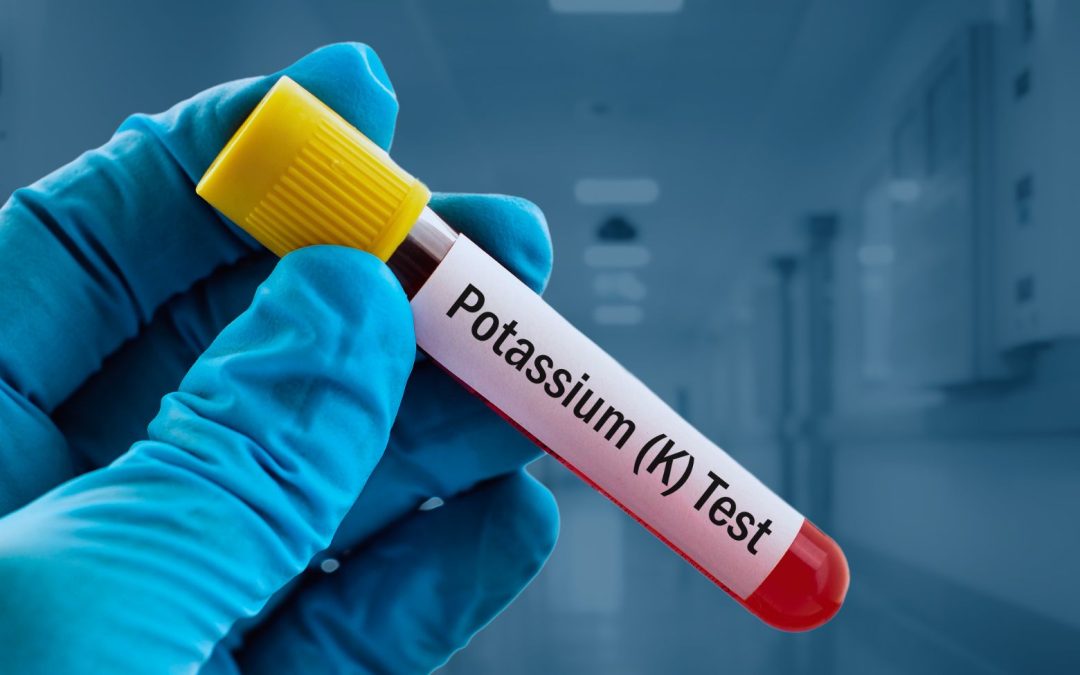Drug Interactions and Adverse Reactions of Aminoglycosides
Drug Interactions
The following drug interactions can occur with aminoglycosides:
- Carbenicillin and ticarcillin reduce the effects of amikacin, gentamicin, kanamycin, neomycin, streptomycin, and tobramycin. When giving penicillin with aminoglycosides, penicillin should be given first and separately.
- If amikacin, gentamicin, kanamycin, neomycin, streptomycin, and tobramycin are administered with neuromuscular blockers, the neuromuscular blockade increases, which results in increased muscle relaxation and respiratory distress. Therefore, one must exercise caution if the patient has to undergo anesthesia and is taking aminoglycosides.
Adverse Reactions
The most common and serious adverse drug reactions with aminoglycoside therapy are as follows:
The symptoms of ototoxicity (damage to the ears) can be masked when given with oral antiemetics. Moreover, the damage is increased with loop diuretics. Hearing loss is variable and may be reversible.
Toxicity to the kidneys can result in renal failure; therefore, one must monitor kidney functions with aminoglycoside therapy. The risk of renal toxicity also increases when amikacin, gentamicin, kanamycin, or tobramycin is administered with cyclosporine, amphotericin B, or acyclovir.
It is important to not give other potentially nephrotoxic drugs, such as vancomycin, with aminoglycoside therapy.
Do not give warfarin with aminoglycoside therapy, especially gentamicin, because it can decrease the excretion rate of warfarin, resulting in increased serum levels, which increases the chances of bleeding. Consult with the physician or the pharmacist first to adjust the dose accordingly.
Do not give aminoglycosides with neuromuscular agents because it can lead to respiratory depression.
Toxicity to the neurologic system results in peripheral neuropathy with numbness and tingling of the extremities; therefore, one must check the patient for peripheral neuropathy with aminoglycoside therapy.
Other adverse effects of oral aminoglycosides are as follows:










